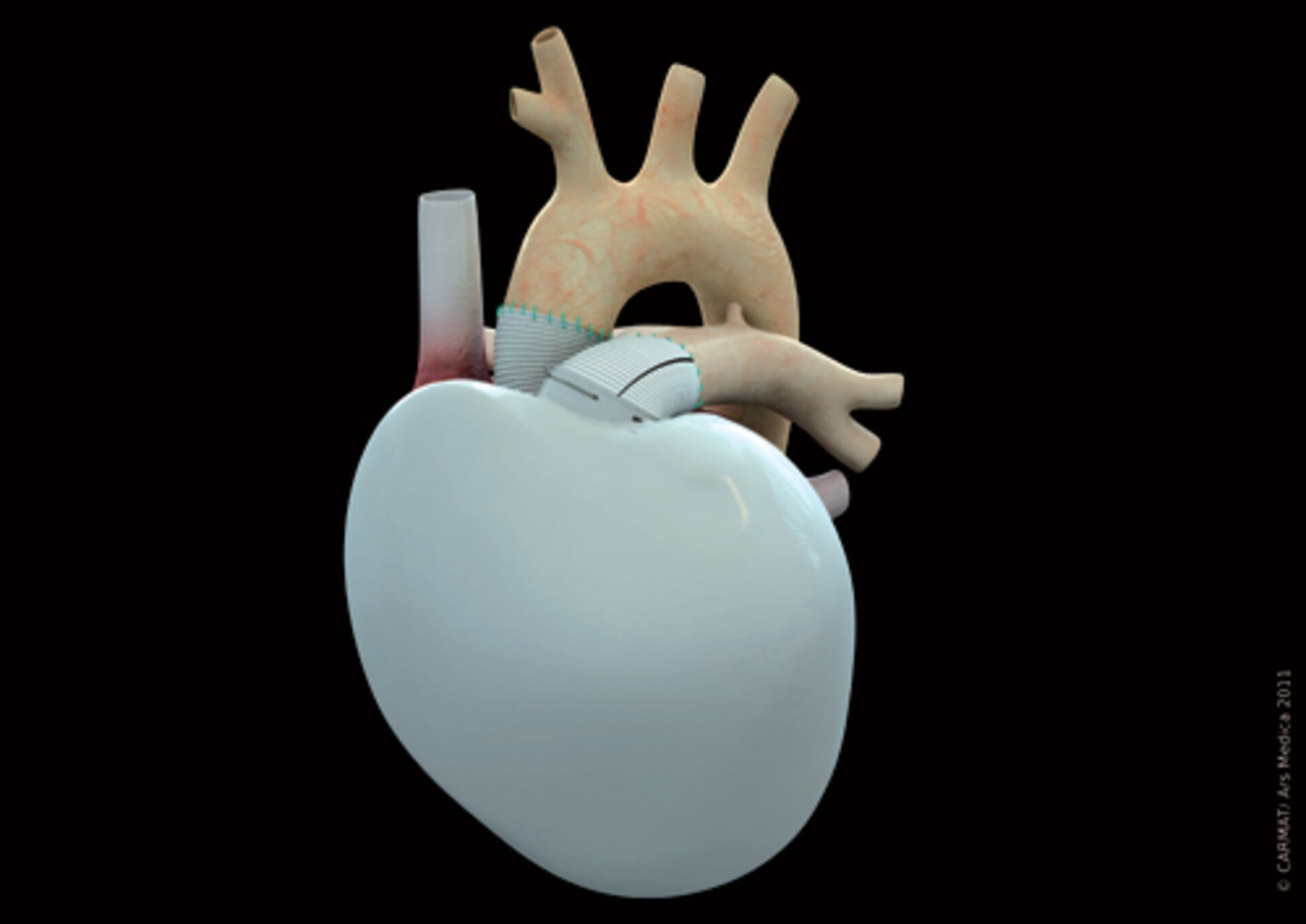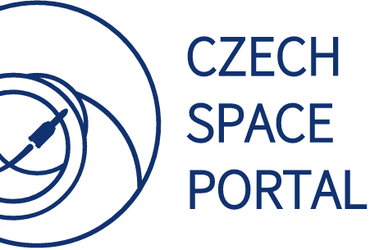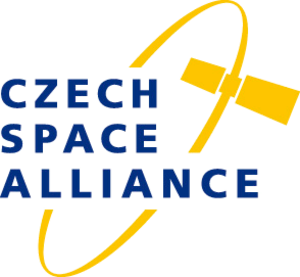Vesmír v srdci
Umělé srdce obsahující miniaturizovanou variantu kosmické technologie bude již brzy bít v srdci skutečné osoby: Francie totiž přijala rozhodnutí, že je ho možné odzkoušet na lidech.
Jen v rozvinutých zemích zabíjí srdeční choroby ročně přes sto miliónů osob. Přitom poptávka po transplantacích výrazně převyšuje možnosti dárců: díky tomu je už více než půl století úplně umělé srdce svatým grálem kardiovaskulární medicíny.
Umělé srdce s využitím kosmických technologií je dílem kardiochirurga a vizionáře profesora Alaina Carpentiera a letecko-kosmické organizace Astrium, což je pobočka firmy EADS. V roce 2008 za podpory francouzské vlády a dalších investorů založil profesor Carpentier v rámci EADS dceřinou společnost Carmat, aby dokončila jeho práci.
Křížení kosmické technologie a přírody
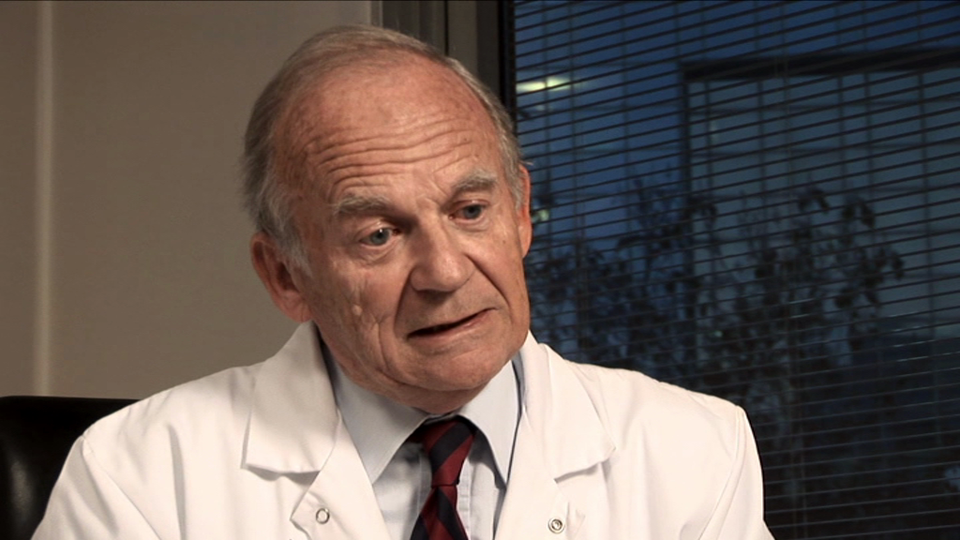
Díky unikátním znalostem profesora Carpentiera, který je mimo jiné celosvětově známý díky celosvětově nejpoužívanějším srdečním ventilům, ve spojení se zkušenostmi společnosti Astrium s výrobou kosmické techniky, vytvořil Carmat počátkem letošního roku první kompletně umělé srdce.
Ukázalo se totiž, že kosmické technologie jsou přesně to, co Carmat potřebuje. Firma využila znalosti společnosti Astrium v oblasti výroby družic, čímž garantovala nezbytnou přesnost a trvanlivost nezbytnou pro umělý lidský orgán, jakým je srdce.
Zařízení vyrobené částečně z biologických materiálů a částečně z miniaturizovaného družicového vybavení kombinuje nejnovější pokrok v lékařství, biologii, elektronice a materiálových vědách. Díky tomu maximálně napodobuje skutečné srdce.
35 miliónů úderů za rok
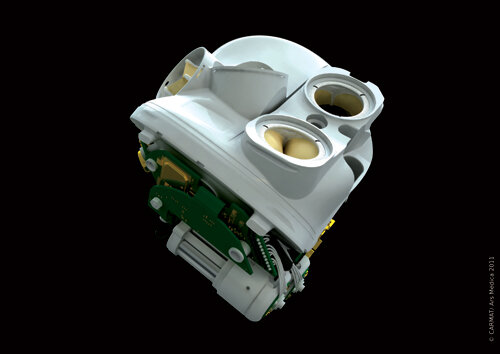
Tým tak vytvořil zařízení, které je schopné odolat náročným podmínkám oběhové soustavy v lidském těle a pumpovat 35 miliónkrát ročně nejméně pět let – a to bez zaváhání. Potřeboval jen to nejspolehlivější a odpověď na tuto výzvu našel právě v metodice návrhu, strategiích testování a znalostech elektroniky pro družice.
„Vesmír a to, co máme v těle, mají mnoho společného,“ uvádí Matthieu Dollon, který je vedoucím vývoje francouzského týmu Elancourt Equipment ve společnosti Astrium a který úzce spolupracoval s Carmatem na vývoji umělého srdce.
„V obou případech se bavíme o náročném a nepřístupném prostředí.“

Telekomunikační družice jsou stavěny tak, aby nejméně patnáct let vydržely pracovat zcela samostatně, a to ve vzdálenosti 36 tisíc kilometrů nad Zemí. Srdce je sice přece jen trochu blíže, ale stejně jako satelit je nepřístupné.
„Selhání se ve vesmíru nepřipouští. Stejně jako údržba přímo na místě. Pokud se něco pokazí, nemůžeme tam prostě dorazit a opravit to. Totéž platí o lidském těle.“
Stejně nemohou kosmičtí technici tolerovat výpadky nebo chyby ve své elektronice. Člen skupiny Dung Vo-Quoc, který se podílel na návrhu klíčové elektroniky pro srdce, zdůrazňuje: „Pokud vámi vyrobená družice přestane fungovat během nejdůležitějšího pokutového kopu v rozstřelu finálového utkání mistrovství světa, naštve to. Pokud se ale umělé srdce zastaví byť jen na pět sekund, může to být fatální.“
„Proto pracujeme nesmírně tvrdě na tom, aby i ta nejposlednější součástka pracovala tak, jak bylo plánováno, a to po celou dobu životnosti zařízení.“
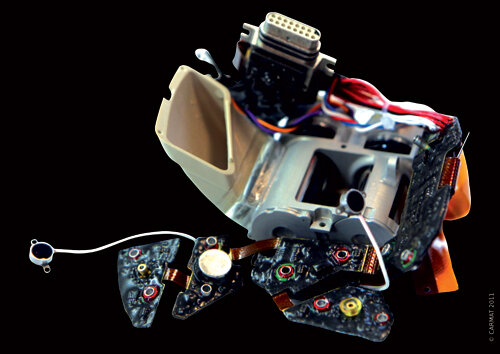
It’s this need for long-term dependability that makes the quality threshold for space electronics higher than any other field. Every component has to be tested meticulously to make sure it will stand the test of time, even in the harshest conditions.Nothing is left to chance.
Every one of the 900 tiny components in the Carmat heart must function perfectly.Just as they would for satellites, the team used advanced modelling and digital simulation technologies and developed latest-generation test benches to perform thorough analysis.
For Carmat’s Technical Director, Marc Grimmé, it was a revelation, “I hadn’t realised quite how demanding the testing is for spacecraft. I knew the military had high standards, but in space the bar is even higher.”
Approved for human implants
That rigour has paid off. The French Health Authority has deemed the prosthetic reliable enough to authorise the first human implants in three approved hospitals in Paris. Doctors can now start selecting the first four patients to trial it inside their bodies.
“The countdown has started to the next phase,” says Marc Grimmé. “It’s a bit like arriving at base camp on Mount Everest and getting the authorisation to head out to the next level. It’s very exciting and very emotional.”
Space mimics life

One of the challenges was to create a heart that would beat like the real thing and speed up or slow down depending on its owner’s exertion levels. Space had the answer here, too.
Based on technologies developed for European space projects, the tiny electronics in the prosthetic heart are the equivalent of those on the bus of a telecommunications satellite.
“Like the heart, a satellite needs to respond on its own to what’s happening around it,” explains Matthieu Dollon.
“It has a brain, the onboard computer, which gleans information from sensors about where it is in space and its environment, such as its position or temperature. It then commands the satellite to perform functions like pointing an antenna to Earth or rotating its solar wings towards the Sun.”
The heart contains the same technology, only 100 times smaller. High-tech sensors detect a patient’s exertion levels and transmit the information to a miniature computer. This commands the die-sized brushless motors to pump the heart faster or slower, allowing it to feed more or less oxygen to the body and control blood pressure depending on the person’s level of activity.
Another hurdle was to build a heart that the body might better accept. Previous artificial hearts have presented complications, with synthetic materials triggering blood clots that can travel to the brain and cause strokes. The Carmat prosthetic overcomes this by using animal pericardium, the membrane surrounding the heart, which has been chemically treated to reduce the host’s immune response.
The device has two chambers separated by a membrane with the biological tissue on the side in contact with the patient’s blood and polyurethane on the other. The miniaturised pumping system of motors and hydraulic fluids changes the membrane’s shape. It also uses biological material for the artificial valves created by Prof.Carpentier.
“The fusion of space technology with medical and biological sciences to create a potentially lifesaving organ is not only a feat of human engineering,” says Tech2Market’s Claude-Emmanuel Serre.
“It’s also a great example of how advanced space technology and expertise can benefit our lives here on Earth in a concrete way.”
Tech2Market is the French partner in ESA’s Technology Transfer Network set up by the Agency’s Technology Transfer Programme Office in 13 European countries, supporting non-space industry to identify potential among the thousands of readily available space technologies.
As the first clinical trials on the Carmat heart begin, Mr Dollon adds, “It’s a bit like watching your first ever satellite launch into space on a rocket but even more emotional.”
Whereas satellites are commercial items, the heart is all about giving life: “If this heart made of biological material merged with space technology can help people live better, then we can all feel very proud of that achievement.”


